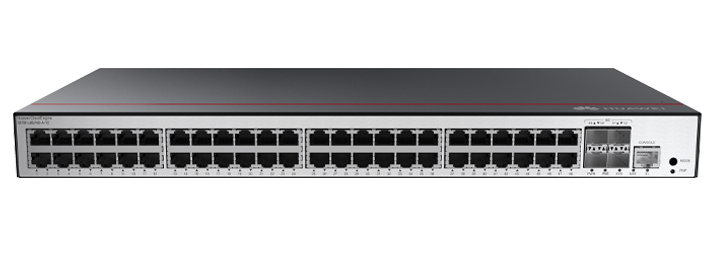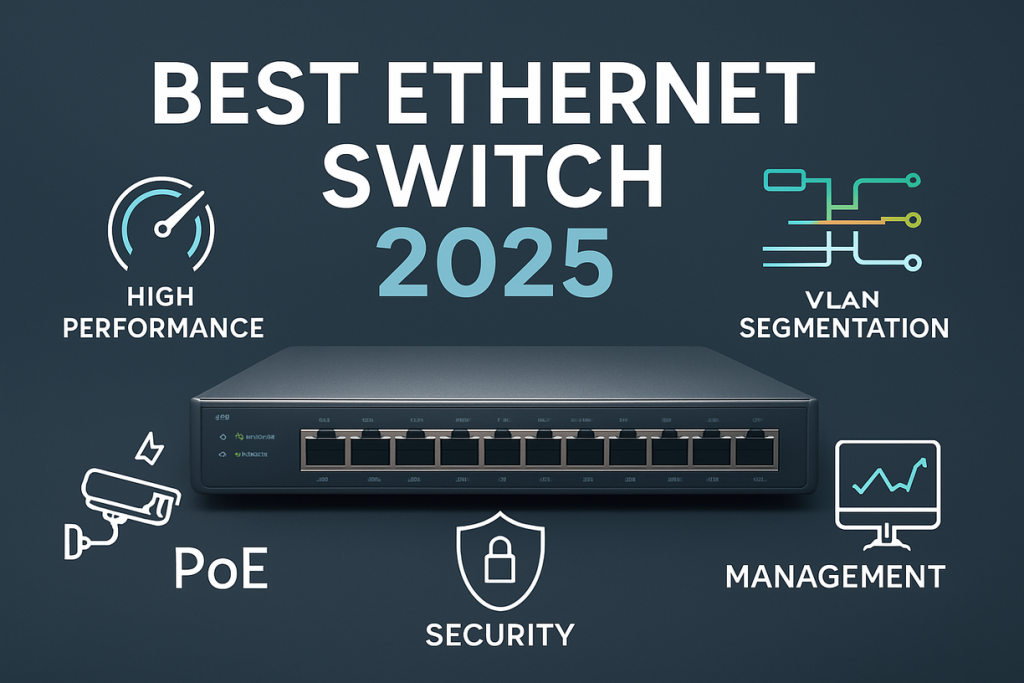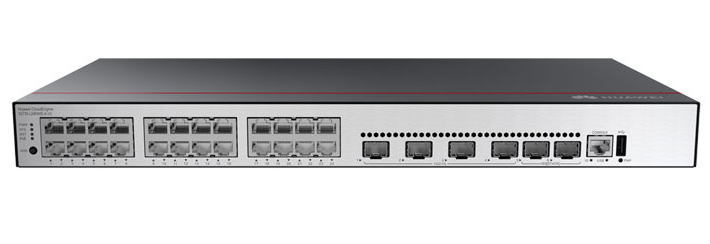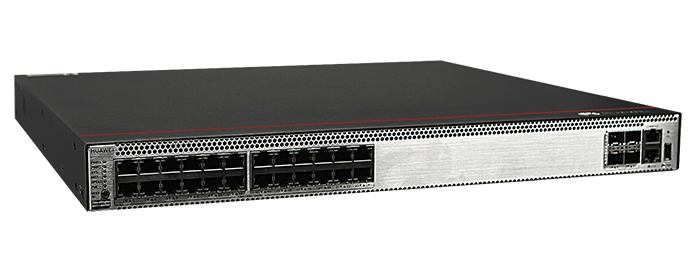































I have heard this a lot over the years, in one way or another -"The only price that really counts is what I actually pay for my server."
Alright, so why bother with a TCO analysis? The truth is that server acquisition costs only contribute 20% (or less) to a 3 year server TCO. Management and other OpEx costs contribute the remaining 80%. If you go to 5 years, the acquisition cost starts to fade into obscurity.
There are a number of studies you can find online that call out server acquisition cost at 15% to 17% of TCO, or even less. One is an Information Week report that quotes a 2007 IDC study. TheInformation Weekarticle is very good, with multiple sources and definitely worth a read. Since 2007 there have been myriad improvements in processor performance, as well as, server and architectural innovations (Cisco UCS). All of these supply ample rationale for a low CapEx component for Server / Data Center Total Cost of Ownership, see the figures below.
[The WW Server Related Spend... chart is from IDC, "New Econmoinc Model of the Datacenter"; IDC 2011] [Only the graph is from the cited source, the table is my analysis of the numbers presented by the graph.]

Summary of the figures above:
THE BOLD STATEMENT
The actual acquisition cost of a server is irrelevant. Let's say it this way: The acquisitioncost differencebetween server vendors is irrelevant. Better? What makes or breaks data center economics are the OpEx costs (primarily management) and these significantly impact business success and profitability. That's a pretty bold statement, so let's look at why I think this is true.
Rationale
Inputs: percentage allocation between CapEx and OpEx follow the IDC paper cited above.
Analyze:
[Note: A company can always 'pay you' to buy their servers, but I prefer to use real world, repeatable cost structures to make important decisions. Once-in-a-lifetime special deep discount giveaways always have a hidden cost. In other wordsa free server is not actually free.As Robert Heinlein said and I paraphrase 'TANSTAAFL -There ain't no such thing as a free lunch'.]

Result:
Think about it in a more general way:
Conclusion:
Value is More Important than Price.
I absolutely agree that a server TCO analysis isimportant and Cisco has the tools.
Now that we have agreed that server cost is just not relevant to a TCO analysis and the buying decision process, what is?
It's Architecture.
To me,architecture is the critical combination of form, funtion(ality), and design. It is the single most important component of OpEx, because architecture defines management capability. It is crucial to choose a server that is designed from day one as part of an intentional architecture. This architecture must maximize flexibility and scale, increase management capability and collaboration, and reduce complexity.

In other words, the architecture needs to be flexible, scalable, easily managed and dynamic, so it can respond to the needs of your business. Take a look at Cisco UCS and UCS Managerand see what a trulyarchitecture built from the ground up,Unified Computing System, can do for you.
 Etiquetas calientes:
Centro de datos
Cisco UCS
Servidor servidor
capex
opex
data center TCO
blade server TCO
server TCO
server architecture
Etiquetas calientes:
Centro de datos
Cisco UCS
Servidor servidor
capex
opex
data center TCO
blade server TCO
server TCO
server architecture